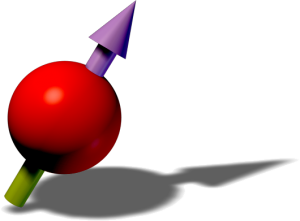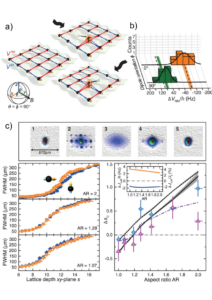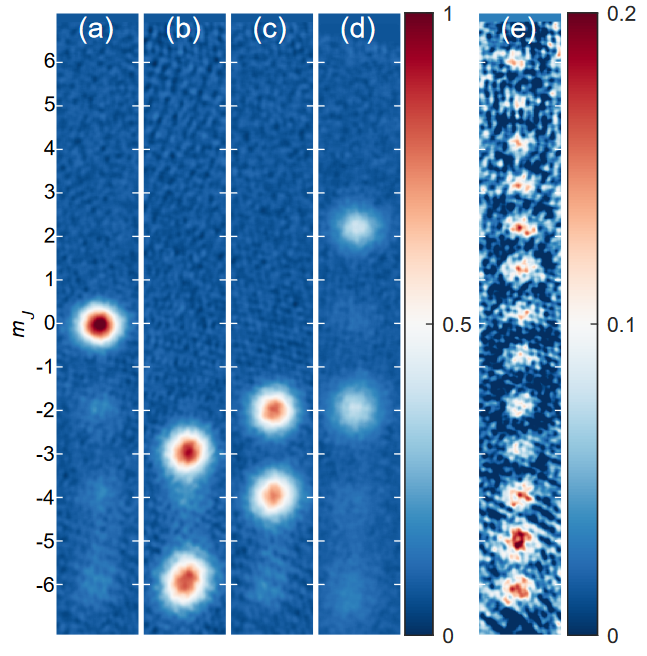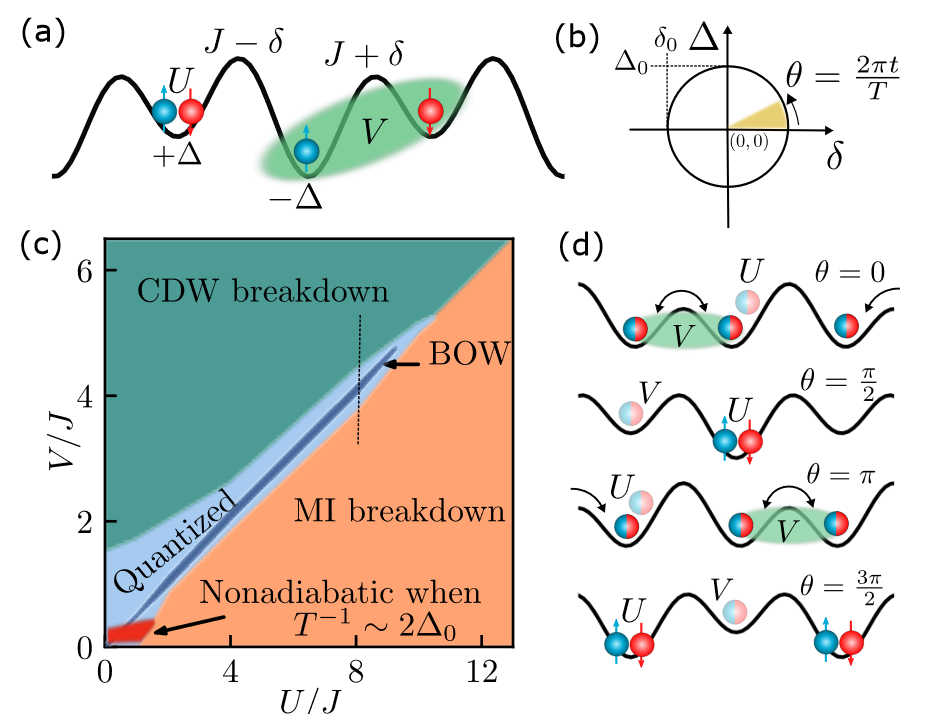The article “Recent progress on quantum simulations of non-standard Bose-Hubbard models” by Priv. Doz. Dr. Manfred Mark and collaborators has been accepted to Reports on Progress in Physics! The field of quantum simulation of Hubbard models has been growing extensively in the past decade. Here, we focus specifically on non-standard Bose-Hubbard models and discuss the progress made in both, the theoretical description and understanding as well as in the first experimental realizations.
Read the full article in Reports on Progress in Physics!




 If you have been searching for a high-level overview of the dipolar supersolid phase, look no further than this open access article by
If you have been searching for a high-level overview of the dipolar supersolid phase, look no further than this open access article by 
